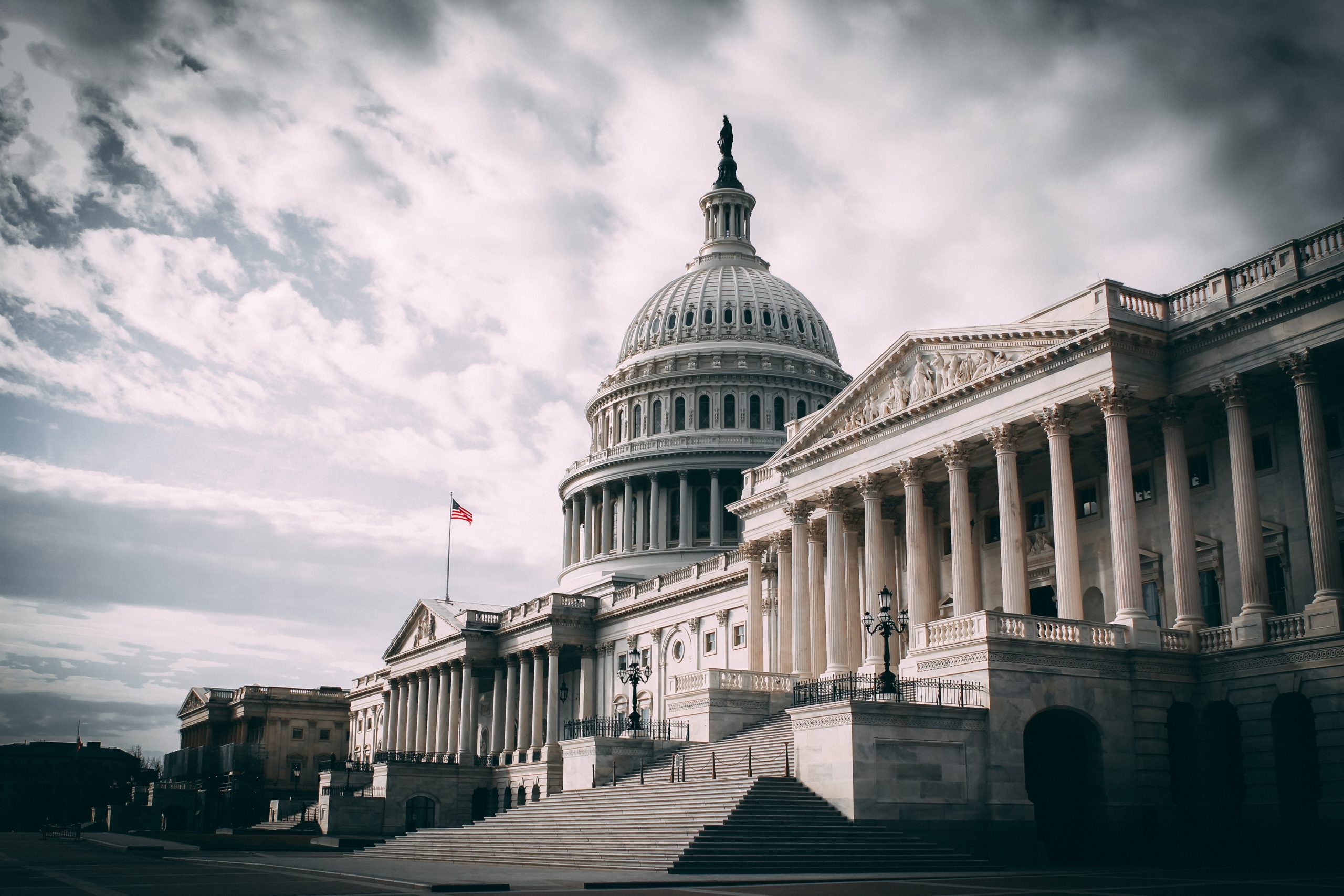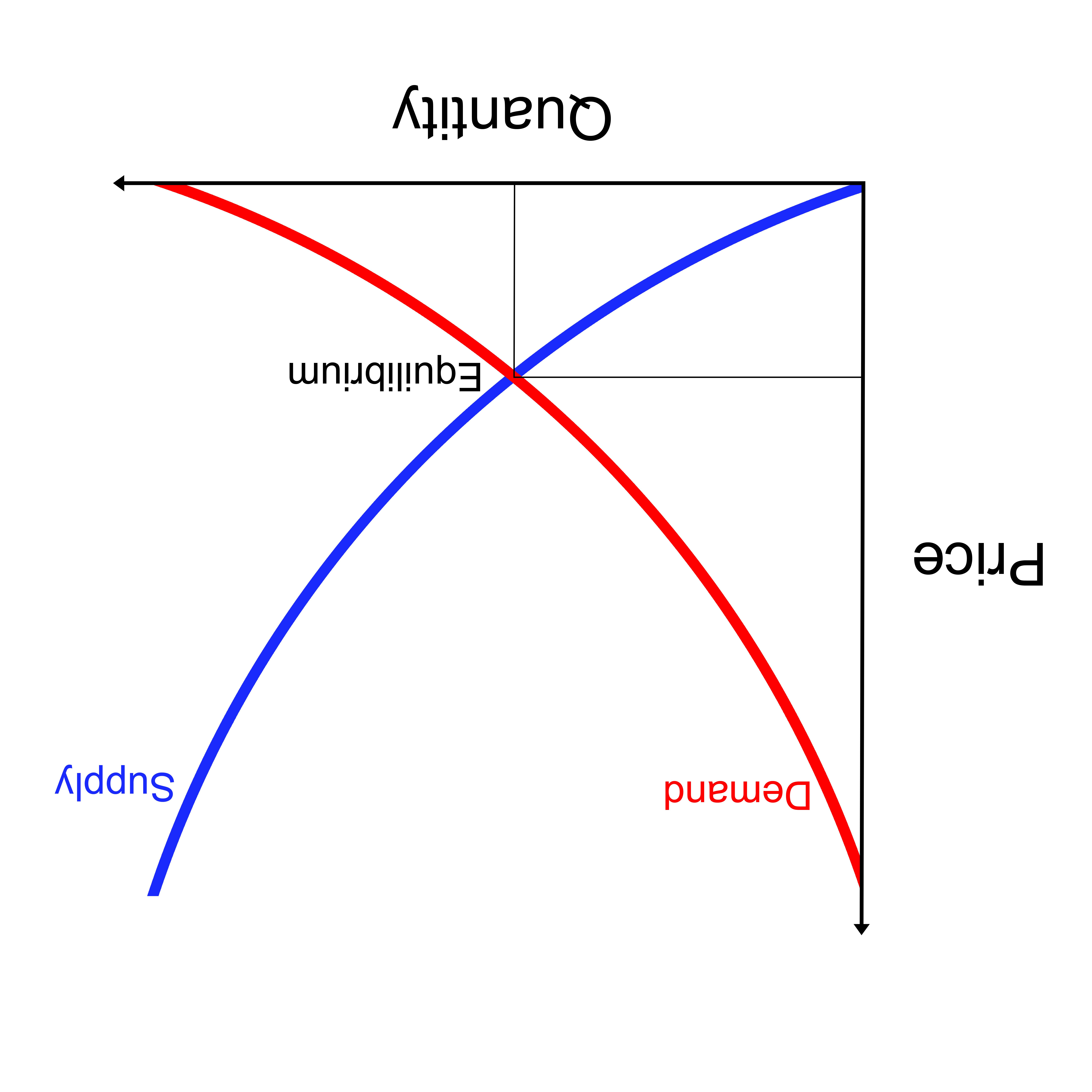Klobuchar’s Antitrust Proposal: A Constructive Commentary

Senator Amy Klobuchar has introduced S. 225 (the “Competition and Antitrust Law Enforcement Reform Act of 2021”) to amend the existing antitrust framework in the U.S. The good news is that the proposed bill (“the Bill”) is aimed at optimizing the current antitrust system as a whole, instead of targeting in a discriminatory manner just one sector of the economy. This holistic rather than tech-centric approach makes good policy. The Bill’s goal of ensuring that antitrust enforcers are adequately resourced to protect consumers is also laudable. However, some of the proposed changes included in the Bill raise concerns.
From a substantive perspective, the Bill includes some good suggestions. For example, the Bill calls for institutional strengthening of the FTC and DOJ through increased budget. This is most welcome as the FTC in particular has been operating under budget constraints and increased workload. In addition, the Bill proposes the creation of an independent Office of the Competition Advocate within the FTC that can conduct market analyses to inform enforcement. Advocacy and market studies are an essential element to advance a competition policy agenda, so if well-structured within the existing organizational chart, this Office could help gain even more visibility to the advocacy efforts carried out by the agency. The Bill also proposes continued retrospective analysis of mergers, including obligations on merged parties to keep the agencies informed of the outcome of the deals. Retrospective merger analyses are always helpful and hopefully some of the increased budget will be destined to this end to avoid making these proposed obligations too much of a burden on merged parties and the agencies themselves. The administration of these reporting obligations will determine the success of this particular proposal.
From a merger control and monopolization perspective, some of the suggestions included in the Bill raise some concerns for the impact they could have on innovation and market dynamism. Common ownership and concentration might be a problem the U.S. economy is suffering, but mergers and acquisitions (M&A) are quintessential to the proper functioning of the market economy, and imposing higher barriers to parties willing to merge might impair economic growth especially in the coming post-pandemic years. This is particularly true in the tech sector.
First, with respect to mergers, the Bill proposes to change the enforcement standard from “may substantially lessen competition” to “create an appreciable risk of materially lessening competition”. It seems that the newly proposed standard will be harder to be judicially administered in the sense that it is challenging to set the boundaries for what an appreciable risk is. Underinclusion and overinclusion of what an appreciable risk is by the courts when defining this new standard might become very burdensome and slow down the M&A activity, increasing litigation substantially in the years to come.
Furthermore, the Bill raises the bar for dominant firms willing to merge and proposes shifting the burden of proof onto merging entities. It seems unreasonable to consider merging parties guilty until they prove themselves innocent when it comes to transactions and deals. At least in the tech sector, mergers represent an exit strategy for startups, that is one of the bases for risk takers to invest in new ideas. To be bought out by a dominant firm is often the biggest incentive for innovators to invest in their ideas, and the impact that these types of changes could have on the innovation ecosystem in the U.S. should be analyzed further.
The Bill also proposes some changes to dominant players with respect to exclusionary conduct which according to the proposal will now include acts that disadvantage current or potential competitors or limit rivals’ ability or incentive to compete. This will be a rebuttable presumption, but the suggested change puts successful big players on the ‘guilty’ side of the equation first, when they should still hold the right to be ‘innocent’ until proven otherwise. This is another instance where antitrust risks being trapped under eternal litigation where parties struggle to make their case, slowing down the market dynamism.
Finally, antitrust enforcers will be able to seek civil penalties for violations of the antitrust laws of up to 15% of U.S. revenue. The 15% threshold seems abusive. While it is understandable that penalties should have a deterrent effect, they shouldn’t be confiscatory. For example, in the EU similar penalties have a maximum limit of up to 10%.
In sum, the Bill opens the door for constructive discussions between policymakers, industry, and other interested stakeholders. As discussed, some of the suggested changes with respect to merger control and exclusionary conduct are worrisome for the potential negative impact they may have on the economy and on the innovation ecosystem in the U.S. But as mentioned earlier, the Bill is not discriminatory to any particular sector, and if not rushed or forced into being approved, it might represent an opportunity to have solid conversations on how to reinforce the U.S. antitrust framework, especially its institutions.








